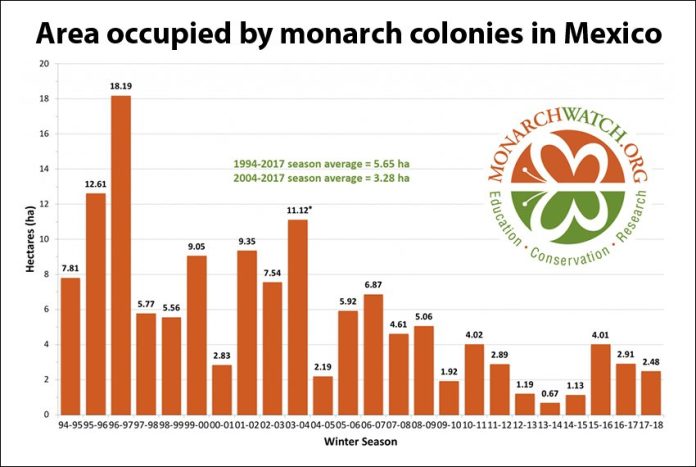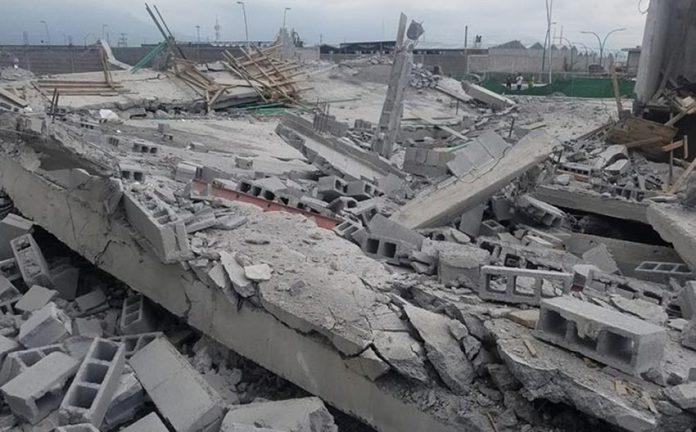The city of Teúl de González Ortega is located in the southern part of the state of Zacatecas 100 kilometers north of Guadalajara and is a Pueblo Mágico, or Magical Town, and well deserves the name.
I found the houses pretty, the streets clean and well paved, and there seemed to be picturesque arches everywhere. It can also be said that everywhere you wander in this town, you can always see the Cerro de Teúl on the horizon, so stately and imposing that even the notorious conquistador Nuño Beltrán de Guzmán remarked upon its grandeur.
On October 5, the archaeological site on the Cerro was inaugurated, and it seemed the whole town turned out for the event. There was standing room only as politician after politician alluded to the deep love of the local people for this mountain of theirs and to the wholehearted support the archaeologists had received for their project.
“My friends,” archaeologist Laura Solar told the crowd, “we are finally finished doing our work and we will no longer keep you away from your beloved peñol. From now on it will be open to the public every day of the week but Monday.”
I learned that excavations and studies had been carried out by Solar and archaeologist Peter Jiménez for 10 long years and that this particular site is considered of monumental importance because it was occupied continuously for 17 to 19 centuries, so its history matches and reflects the history of northwestern Mexico.
A very wide, smooth, well-marked trail leads from the town up the mountainside, with stairs built in a few strategic places and occasional shaded spots with benches where you can catch your breath and take a rest.
The most dramatic “rest stop” is a very long shelter cave with seats carved into the living rock by ancient peoples. Here you can sit in the shade and enjoy a magnificent, panoramic view of Teul de González. Also carved into the rock wall are horizontal and vertical channels for collecting the spring water which oozes out of this mountain at various points.
It’s good that there are plenty of places to rest along the trail, because this is one steep hill. There is a vertical difference of 171 meters between the town and the shaft tomb up at the very top, but it’s only a one-kilometer walk through spectacular scenery.
Scattered along the way are well-designed explanatory signs (sorry, entirely in Spanish), each of which is linked to an app called “Explora Cerro del Teùl,” which you can download free from the Google Play Store. The app uses GPS to recognize where you are and presents lots of info, cartoon style.
People were oohing and ahhing about this ultramodern guide, but as for me I’d still rather read a sign than squint at a tiny screen obviously not designed for bright sunlight.
Up, up you go and suddenly you reach a wide, flat area with a plaza, the ruins of a pyramid and a sunken patio where great crowds used to gather for “mitote ceremonies,” dances held, for example, in May to assure the arrival of the rains and in October or November asking the gods to end them.
Here the archaeologists found many fragments of simple ceramics that had been used to prepare food for these big crowds.
Something else the archaeologists found buried beneath this patio, I was surprised to learn, were around 60 skeletons, probably the remains of ancient VIPs.
“These people,” Laura Solar told us, “typically had artificially flattened heads and their teeth had been filed to sharp points. All these skeletons have been sent off for study by bioarchaeologists, but there are probably many more bodies under here that we haven’t uncovered yet, just a few centimeters beneath your feet.”
A few steps from the patio we came to the I-shaped ball court, which is very nicely preserved. There, our guide showed us two of four big statues carved in stone, which had once stood at the four extremities of the ball court. “These figures,” said Solar, “are shown dressed in the typical sportswear and gloves of the day.”
Most curious of all was the fact that one of the four statues found here had been deliberately sculpted in two parts: a body and a head, apparently in relation to the pre-Hispanic custom of honoring the captain of the winning team with decapitation.
A few steps up above the ball court you come to the last feature of the archaeological tour: a shaft tomb, clearly indicating how far back the Cerro del Teúl goes. This method of burial was in vogue 2,000 years ago, but probably died out around 400 AD.
The pit or shaft could be as deep as 20 meters, with several chambers at the bottom, each containing at least one body accompanied by many ofrendas (offerings), perhaps in the thousands. To protect the tomb from looting, the shaft would typically be filled in with dirt.
Back down at the visitors’ center, who did I bump into but Peter Jiménez, with whom I had previously corresponded — all in Spanish — without ever realizing he spoke English. “Actually, I’m from Rochester, Minnesota,” he told me. “I came to Mexico to study archaeology when I was 17 and I just stayed here. I’ve been doing archaeology here in Zacatecas for 34 years.”
“How long have you been involved in this project?” I asked him.
“Well, I first came here to Teúl in 1984, hoping to work on this site, but we realized that the ruins at La Quemada, further north in Zacatecas, were in dreadful condition and we’d better fix that place up before starting on a new one. At one time I had 520 people working for me at La Quemada, picking up the stones so we could put everything back together again.
“That site was like an old man in an emergency room, with kidney problems, liver problems and brain problems. So we had to do emergency archaeology there to save the site.”
Eventually Jiménez came back to Teúl, where he has been working for 10 years. “The Cerro del Teúl is tremendously important,” he told me. “While La Quemada had only about six centuries of occupation, Teúl has been continuously occupied for 15 to 16 centuries, stretching from the shaft-tomb period to the arrival of the Spaniards.
[wpgmza id=”93″]
“It shows us that dramatic changes did not mean people died or vanished, but simply that new ideas came along and the directionality vector changed. People started imitating lifestyles from somewhere else. Long-duration sites like this one at Teúl help us to see these changes.”
The newly opened archaeological site has a visitors’ center, restrooms and a first aid center and is open Tuesdays to Sundays from 9:00am to 5:00pm. To get there, ask Google to take you to “Zona arqueológico del Teúl.”
The writer has lived near Guadalajara, Jalisco, for more than 30 years and is the author of A Guide to West Mexico’s Guachimontones and Surrounding Area and co-author of Outdoors in Western Mexico. More of his writing can be found on his website.
[soliloquy id="63010"]









